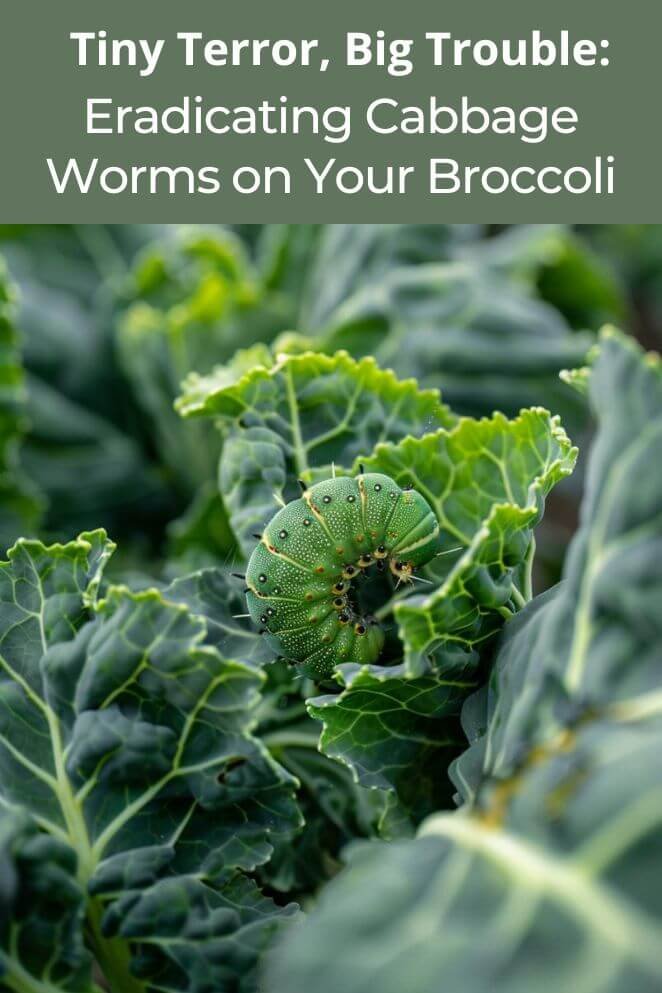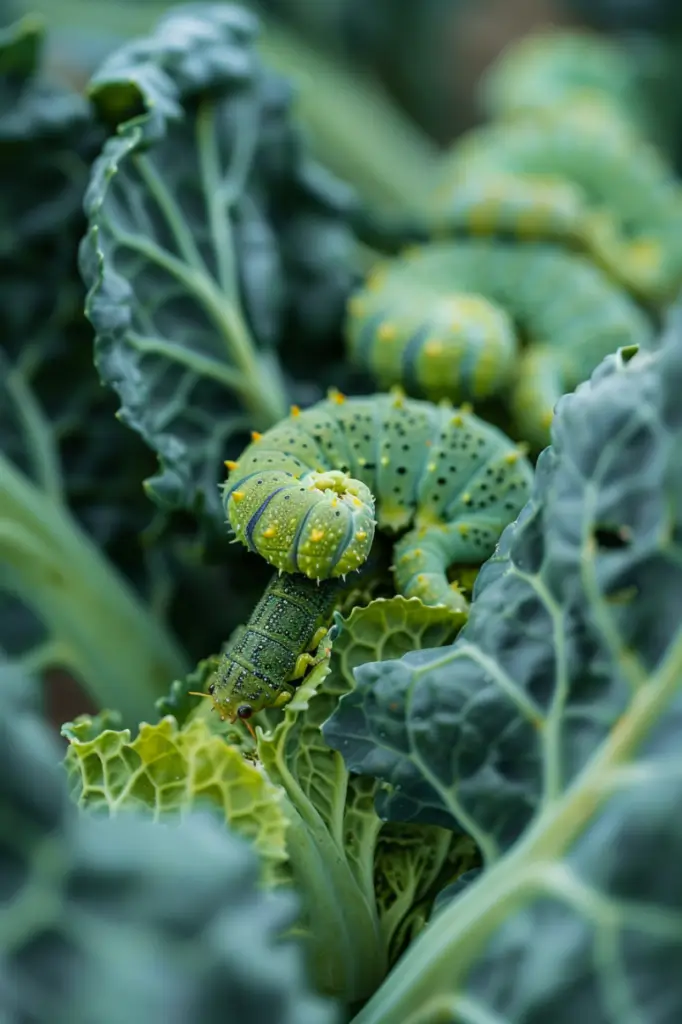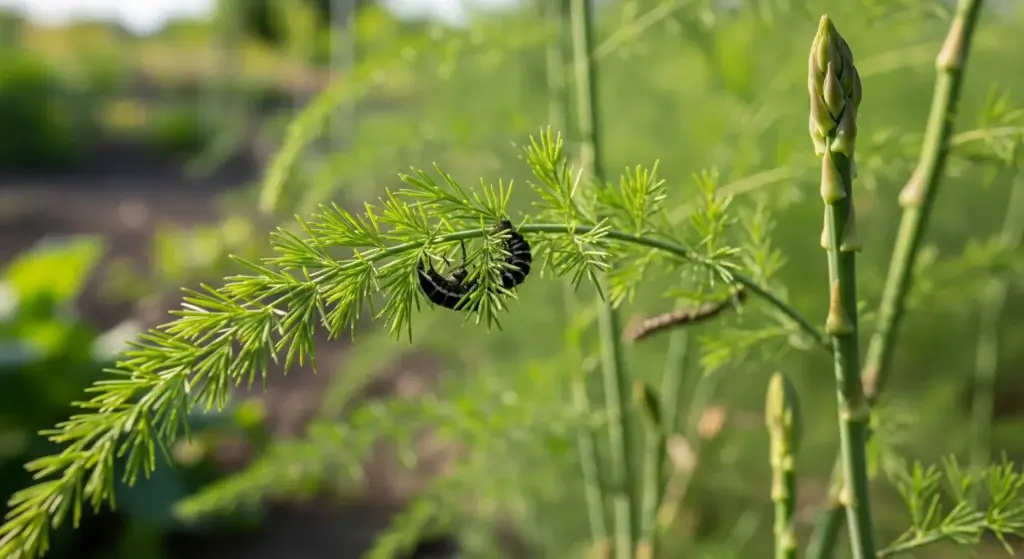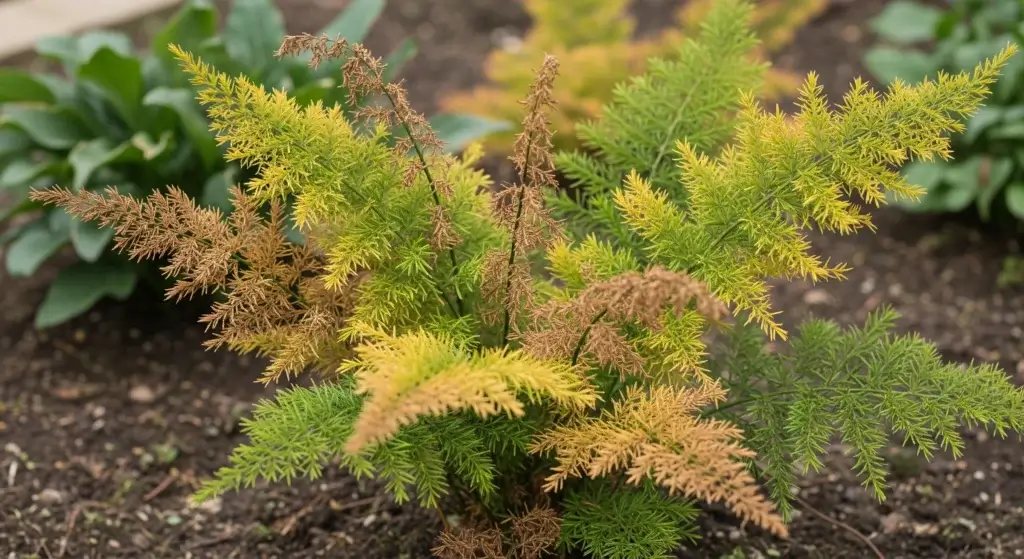
Growing broccoli in your garden can be incredibly rewarding, but it often comes with challenges, one of the most common being cabbage worms.
These pesky caterpillars can cause significant damage to your crops if not managed properly.
In this guide, we’ll dive into how to identify cabbage worms, their life cycle, and the best strategies to manage and prevent infestations, focusing on organic methods.
Identification and Life Cycle
To effectively manage cabbage worms in your garden, it’s important to identify them early and understand their life cycle.
Here’s a detailed look at each stage:
- Read also: Exploring Effective Organic Pest for Protecting Broccoli Plants
- Read also: Garden Guardians: Beneficial Insects for Thriving Broccoli Plants
Eggs
- Cabbage worm eggs are small and yellowish.
- The female butterflies lay these eggs on the underside of leaves, usually on cabbage, broccoli, cauliflower, and other related plants.
- Keep an eye out for these eggs during your regular garden checks to catch the problem early.
Larvae
- The larvae, or caterpillars, are the most destructive stage.
- They are green with faint yellow stripes running lengthwise along their bodies.
- They can grow up to an inch long and blend in well with the leaves, making them difficult to spot.
- At this stage, they feed voraciously on the leaves, creating holes and weakening the plant.
Pupae
- After the larvae have fed and grown, they enter the pupal stage.
- They form a green chrysalis, often attached to the plant or nearby structures.
- During this stage, the caterpillar transforms into a butterfly.
- The chrysalis can be hard to spot because it blends in with the surroundings.
Adults
- The adult stage is the small white butterfly, often called the cabbage white butterfly.
- These butterflies are commonly seen fluttering around gardens.
- They lay the eggs that will hatch into the next generation of cabbage worms.

Management Strategies
Effectively managing cabbage worms in your garden involves using a combination of strategies.
Here’s a detailed look at organic methods and additional tips to keep these pests under control.
Organic Methods
Row covers
- How they work: Floating row covers are lightweight fabrics that cover your plants, creating a physical barrier that prevents butterflies from laying eggs on the leaves.
- Benefits: They allow sunlight and water to penetrate while keeping pests out.
- Tips: Ensure the covers are secured tightly at the edges to prevent any gaps where butterflies could enter. You can use rocks, soil, or stakes to hold the edges down.
Hand-picking
- Method: Regularly inspect your plants for eggs and caterpillars. Use your hands to remove them.
- Effectiveness: This method is labor-intensive but very effective, especially in small gardens.
- Disposal: Drop the pests into a bucket of soapy water to kill them and prevent them from returning.
Bacillus Thuringiensis (B.t.)
- What it is: Bacillus thuringiensis is a naturally occurring soil bacterium that produces toxins lethal to caterpillars but safe for humans, pets, and beneficial insects.
- Application: Apply B.t. as a fine mist to the leaves, making sure to cover both the tops and undersides.
- Maintenance: Reapply after rain or every few weeks to maintain its effectiveness.
Companion planting
Companion planting involves using other plants to repel cabbage worms or attract their natural predators.
Some effective strategies include:
- Decoy plants: Plant decoys like nasturtiums nearby to attract cabbage worms away from your broccoli.
- Predator attraction: Grow plants that attract beneficial insects like parasitic wasps, ladybugs, and lacewings. Dill, fennel, and marigolds are excellent choices.
- Folklore methods: Some gardeners swear by planting mint or rosemary nearby, as these herbs are believed to deter cabbage worms.

Additional Tips and Tricks
Spray-grip
- Purpose: Spray-Grip is a spreader-sticker that helps sprays like B.t. adhere better to leaves, increasing their effectiveness.
- Usage: Mix Spray-Grip with your pesticide solution and apply as usual. This is especially useful after rain, which can wash away treatments.
Predator attraction
- Natural predators: Encouraging natural predators in your garden is a sustainable way to manage cabbage worms.
- Parasitic wasps: These wasps lay their eggs inside cabbage worms, and when the larvae hatch, they consume the worm from the inside out.
- Ladybugs and lacewings: These insects feed on the eggs and young larvae of cabbage worms, helping to control their population.
Tolerant varieties
- Choosing plants: Some broccoli varieties are more resistant to cabbage worms. Research and select varieties that have shown resilience to pests in your region.
- Benefits: Planting these varieties can reduce the impact of infestations and result in healthier, more productive plants.

- Read also: Ditch the Chemicals! Effective Natural Fertilizers For cabbage
- Read also: Outsmarting the Enemy: Tips on How to Deter Cabbage Moths
Conclusion
Managing cabbage worms on broccoli requires a combination of vigilance, cultural practices, and organic methods.
By understanding their life cycle and implementing these strategies, you can protect your broccoli plants and enjoy a bountiful harvest.
FAQs
Look for small, yellowish eggs on the underside of leaves, green caterpillars, and leaves with holes or chewed edges.
Apply B.t. every 7-10 days or after rain to ensure continuous protection.
While chemical pesticides are effective, they can harm beneficial insects and the environment. Organic methods are safer and sustainable.
Yes, herbs like mint, rosemary, and flowers like marigolds and nasturtiums can help repel cabbage worms or attract their natural predators.
Plant a variety of flowering plants like dill, fennel, and marigolds to attract beneficial insects like parasitic wasps and ladybugs.



